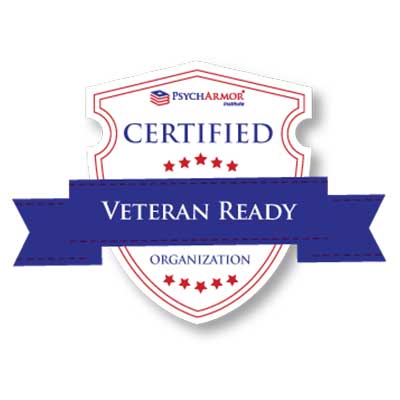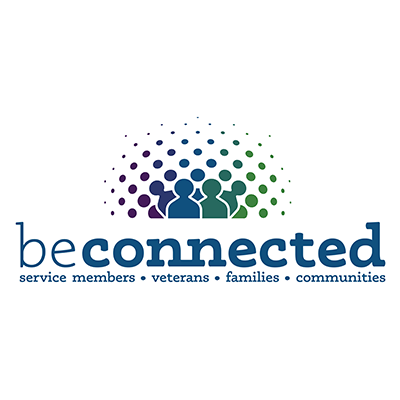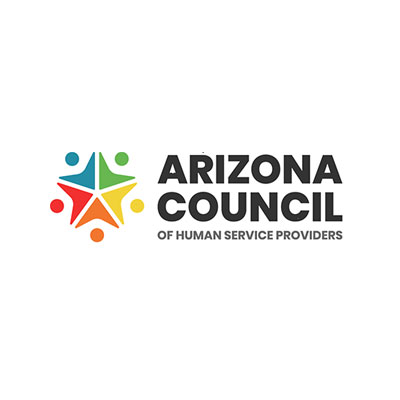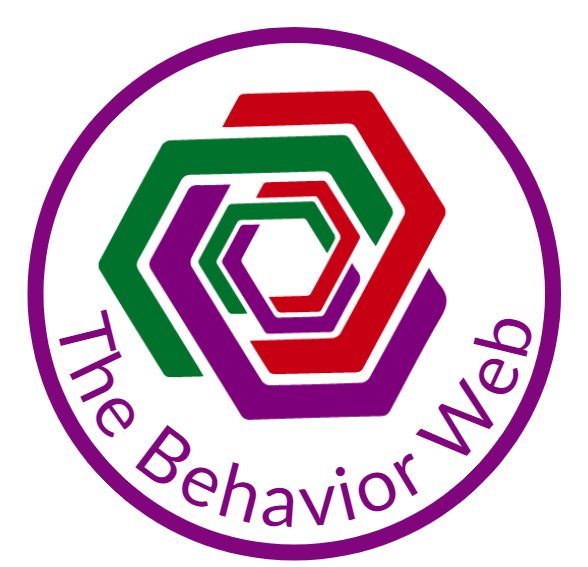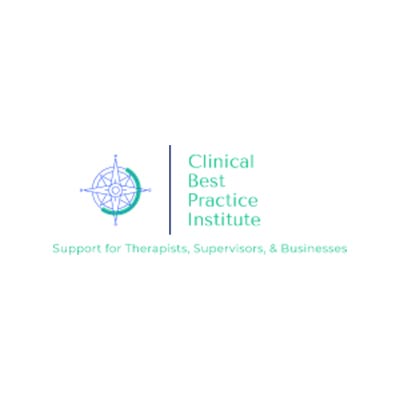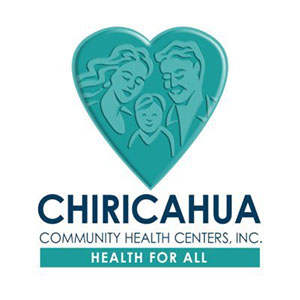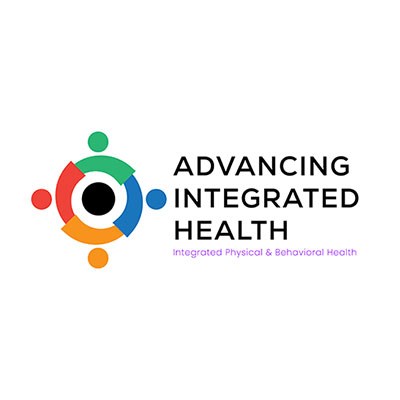 September is National Suicide Prevention Awareness month. As a result, the Internet is full of information on suicide, some good and some not so good. ValantMed, for example, lists early warning signs of suicide, as well as prevention measures and tips for friends and family on how to be supportive to a suicidal person.
September is National Suicide Prevention Awareness month. As a result, the Internet is full of information on suicide, some good and some not so good. ValantMed, for example, lists early warning signs of suicide, as well as prevention measures and tips for friends and family on how to be supportive to a suicidal person.
Suicide is devastating to the patient’s family and health providers. A suicide haunts families for generations. As behavioral health providers, the last thing we want to do is make an error in judgment when we see a suicidal patient – we must hone our skills so that we don’t miss the chance to intervene appropriately and effectively.
In the Biodyne Model (Cummings & Cummings, 2012) we view suicide as a three-stage process, and this knowledge enables us to masterfully treat suicidal patients:
Stage 1 is the “ideation” stage, during which a depressed person finds him/herself thinking about suicide more and more. However, the fear of suicide still outweighs its attraction. Therefore, the person may be thinking dark thoughts (“my family would be better off without me”), obsessing over dark music (i.e., playing the same depressing song over and over again), or expressing thoughts of death, suicide, pain, and hopelessness through artistic expression, but has not yet begun to formulate a specific plan. People in Stage 1 are not imminently lethal, even though many are involuntarily hospitalized for expressing thoughts of suicide in this stage. Psychotherapy with a well-trained behavioral health provider is highly effective and encouraged in this stage, which may last indefinitely or may escalate to Stage 2 without adequate treatment.
Stage 2 is the “planning” stage, during which the person’s dark thoughts begin to turn to formulating a specific plan for suicide. Friends and family may notice the person’s depression worsening, and observe their loved one begin to withdraw from touching others or from being touched by others, or they may stop verbalizing their pain and suffering while seeming to be in more pain than ever. People in Stage 2 are not imminently lethal, although they are in critical need of effective psychological care. Stage 2 rarely lasts longer than several months because it is a very psychologically painful place to be. The person feels compelled to make a decision to suicide (thus moving into Stage 3) or not to suicide at that time; a decision that most people do not discuss with loved ones and often wrestle with in isolation.
Stage 3 begins when the suicidal person makes the decision to suicide. The moment the decision is made, it goes “unconscious” and the person goes on what we call “auto-pilot.” People in Stage 3 are imminently lethal; however, they seem more “normal” than they have seemed in a long time. At this point, the depression seems to suddenly lift because the person has made the decision to die and is no longer wrestling with the decision. Unfortunately, most mental health professionals and family members are not trained to recognize “auto-pilot,” and they breathe a sigh of relief because their patient seems so much better, not realizing that he/she is on a collision course with suicide. People on “auto-pilot” typically attempt suicide within the next 48 hours. Be alert when a depressed patient who doesn’t seem to improve after months of intervention suddenly seems to get better. Instead of relaxing, we should become more vigilant when we see a sudden, overnight improvement. We should listen closely to any indication that the individual has decided to end their life and mobilize support among family, friends, and medical/behavioral health providers.
When people are profoundly depressed and suicidal, the usual treatment includes antidepressant medications. Very few people (including mental health professionals) are aware of this, but the risk for suicide increases instead of decreases in the early stages of antidepressant treatment. The so-called “vegetative” signs of depression, such as very low energy and the inability to think clearly, improve before the “cognitive” symptoms, such as feelings of hopelessness. Suddenly, these depressed people have enough mental clarity and energy to pull off a suicide, while they still feel profoundly depressed and hopeless.
For this reason, antidepressant medication should never be used as a stand-alone treatment for suicidal depression. Behavioral healthcare is a necessary component of the treatment, and it is critical for all behavioral care providers to know how to properly assess and treat suicidality.
At the Cummings Graduate Institute for Behavioral Health Studies, where we teach the Biodyne Model, Doctor of Behavioral Health students learn to differentiate lethal from non-lethal patients and to treat each accordingly, whether the patients present in a mental health setting or in a medical setting. To my knowledge, no psychotherapist or behavioral care provider who has been well trained the Biodyne Model has EVER lost a patient to suicide. Suicide is one area where we can’t afford to make mistakes, and our patients deserve to receive their treatment from behavioral care providers who are masters at suicide assessment and prevention.
Medical providers can help in this effort by assessing patients for depression and suicidal indicators using the PHQ-9, adding a behavioral health provider to the medical team, and/or establishing solid referral relationships with mental health specialists in your area. Health professionals must collaborate to save lives and prevent suicide from destroying families and communities.
To learn more about preventing suicide, verbal and non-verbal tactile indicators, click here.
Cummings, N. A. & Cummings, J. L. (2012). Refocused psychotherapy as the first line intervention in behavioral health. New York, NY: Routledge.
National Suicide Prevention Awareness
Author, Dr. Janet Cummings, Psy.D. co-founded Cummings Graduate Institute with her father, Dr. Nicholas Cummings. Janet has traveled nationally and globally to train mental health providers on effectively identifying patients in early stages of suicidality and acting to prevent unnecessary hospitalization, treat patients effectively, and prevent lethal patients from completing suicide.
Explore additional articles on critical topics in behavioral health
Preventing Suicide Part 2: Verbal, Non-Verbal, and Tactile Indicators
Six Reasons Why Individuals Choose Suicide








